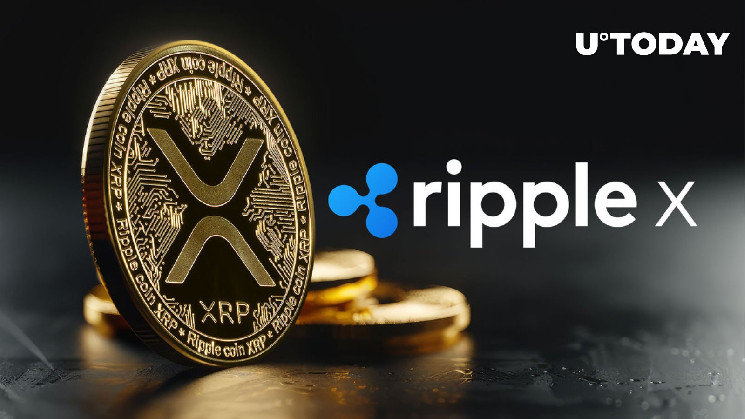RippleX, the development arm of Ripple, has introduced a significant enhancement to the XRP Ledger (XRPL) aimed at enhancing adoption and usability. Senior Software Engineer at RippleX Mayukha Vadari revealed the release of a new specification, XLS-68d, designed to simplify transaction processes.
The focal point of this development is the introduction of sponsored transaction fees and reserves. This feature enables platforms to handle transaction fees and account reserves on behalf of their users, thereby streamlining the user experience and reducing barriers to entry for new participants.
The proposal acknowledges the growing complexity of blockchain technology and aims to address it by allowing users to delegate transaction management while retaining control over their accounts. Users can authorize platforms to execute transactions and cover associated fees and reserves by including sponsor signatures in their transactions.
Just dropped: A new spec for sponsored XRPL transaction fees/reserves, which would allow platforms to pay transaction fees/reserves on behalf of other accounts, without needing to give away free XRP. This makes it way easier to onboard onto the XRPL! 🔥https://t.co/PgjkeSNREj
— Mayukha Vadari (@msvadari) May 2, 2024
Similar functionalities exist on other blockchain networks and are often referred to as “sponsored transactions” or “meta-transactions.” This aligns with industry trends and provides users with familiar mechanisms for managing transactions.
The introduction of this feature is expected to have a positive impact on the XRPL ecosystem by facilitating easier onboarding processes and reducing financial barriers for users and projects. By enabling platforms to cover transaction costs, XRP becomes more accessible to a wider range of users and industries, potentially driving increased adoption.
Overall, the introduction of sponsored transaction fees and reserves represents a significant step forward in enhancing the adoption and usability of XRP, positioning it as a more user-friendly and accessible digital asset.
Read the full article here









